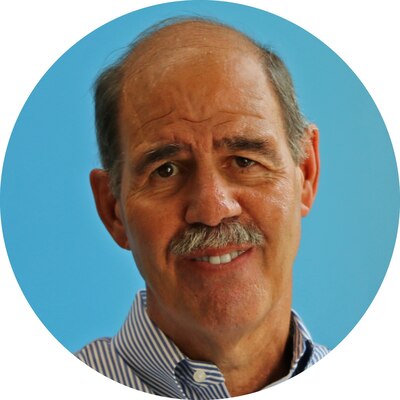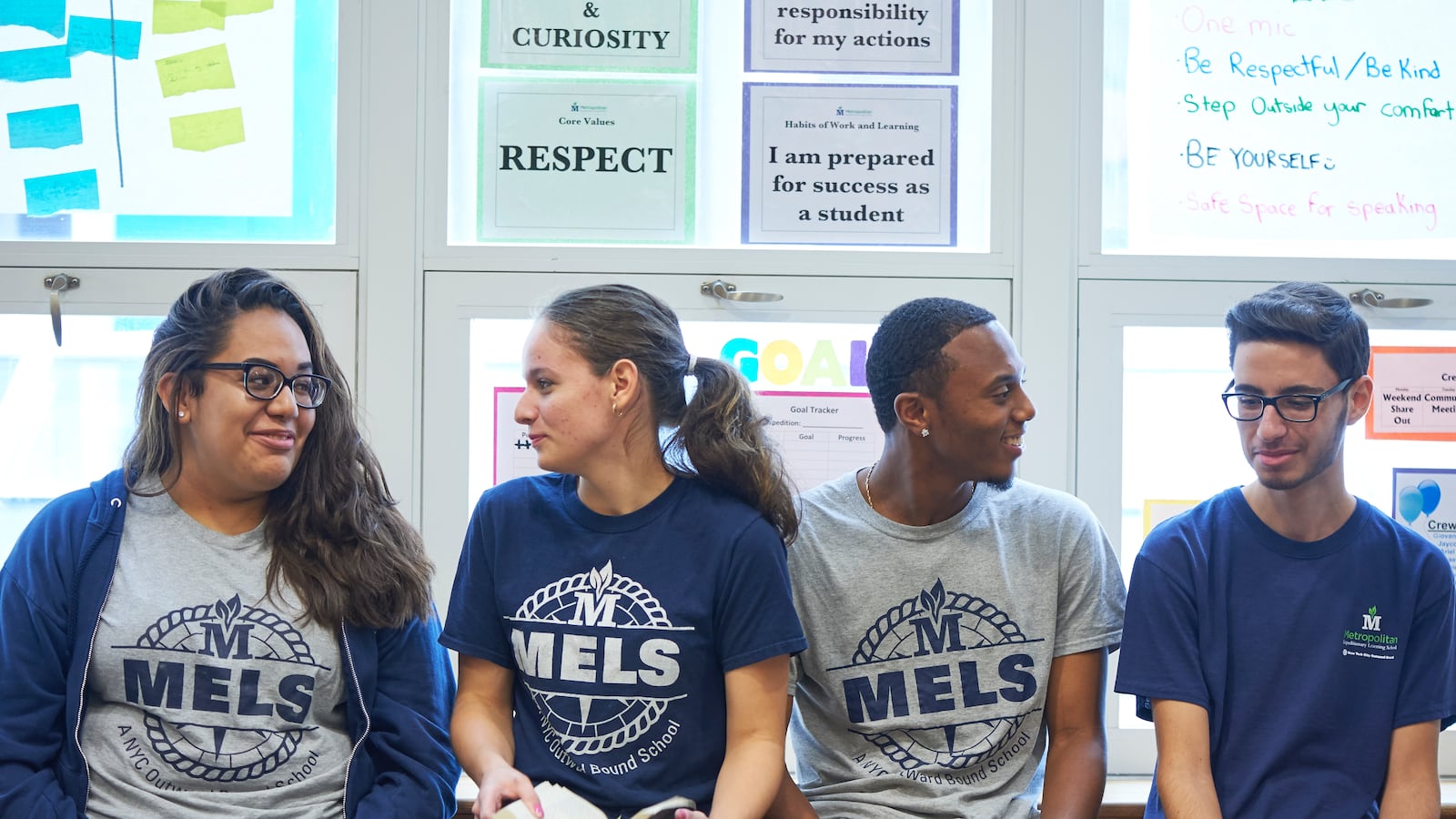The shockingly low numbers of black and Hispanic students admitted to New York City’s specialized high schools has triggered a heated debate about the fairness of the admissions policies at these schools, which use a single test as the criterion for enrollment. This is an important debate and one well worth having. But the eight specialized high schools represent an infinitesimal 0.4% of our city’s about 1,800 public schools.

Accordingly, if New York City is to transform itself from being one of our country’s most segregated school systems to becoming a leader in diversity, equity, and inclusion (a goal that to their great credit, our mayor and chancellor are championing), we need strategies that take into account more than just the specialized high schools. And in developing these strategies, we need to remember that while recruiting diverse student populations is necessary, it is only a first step.
We also need to make sure that students feel welcomed and valued, connected both to each other and the larger school community, and challenged and supported to do their best work. This doesn’t happen magically once a student body is diverse. It demands intention — and hard work.
I know this because I head a nonprofit, NYC Outward Bound Schools, which operates a network of diverse public schools. In all of New York City, there are only 28 schools where at least 15% of students fall into each of the four main racial categories: black, Hispanic, Asian, and white. Two of those schools are part of our network. Other schools in our network are almost as diverse.
I’m sharing what we’ve learned because our experience could be instructive if the city and the local communities within it are successful in changing admissions practices to create more diverse schools. What is especially exciting is that the work we are doing around inclusion and equity is translating into measurable results. The four-year high school graduation rates of the black and Hispanic students enrolled in our network schools are 15 percentage points higher than city averages, and the graduation rate of our students with disabilities (who represent nearly a quarter of our total student population) is 81%, outpacing the city average by 31 percentage points.
This is no accident. It is largely a result of the coaching and professional development we provide to teachers and school leaders. A major goal of this training is to make sure all students in our network are well-known and well-supported. This ensures that if they fall behind in the credits they need to graduate or they are experiencing family or personal issues that are affecting their performance in school, someone is paying attention and taking appropriate action. (An essay in which one of our students recounted how a teacher helped her overcome a severe case of anxiety and depression provides a vivid illustration of this.)
The Crew structure that is a hallmark of our schools is one of our chief vehicles for developing trusting, supportive school communities. Crews, which consist of groups of 10-15 students supported by a teacher who serves as the Crew Advisor, meet daily and stay together for multiple years. They engage in various skills and team-building activities that help make Crew a safe space for students to express themselves, a place where they can care for others and, when the need arises, be cared for, too. It is no wonder then that when I ask students to talk about Crew, they routinely refer to it as a “second family,” citing the pivotal role it plays in promoting a sense of belonging in our schools.
Our success in meeting the needs of a diverse group of students is also a by-product of the work we do with teachers around differentiated instruction. When I visit one of our schools, I almost always see students with disabilities, English language learners, and general education students learning together in the same classroom. But I also see constant reminders that our teachers are continually assessing and responding to students’ particular learning needs – for example, by selecting texts and other materials that align with students’ abilities, interests, and levels of understanding.
We also emphasize learning tasks that put a premium on collaboration. When I go into one of our classrooms, I regularly see students working in small groups, relying on one another and drawing on each other’s strengths to solve a problem or complete a project. They are guided by teachers who are coached to encourage equity of voice and active listening skills, key building blocks of high-functioning diverse groups. Our students learn that their voices and contributions matter, and are worthy of being heard.
We also are relentless about mining data for examples of disproportionality in how groups of students are experiencing and performing at school. At one of our schools, survey and observational data revealed that the voices of young black men were less present in Crew than those of their counterparts. This prompted, for example, the introduction of some new Crew-based curriculum that provides students with a chance to explore and celebrate their own identities.
And lastly, we recognize that for our diversity work to flourish, the adults in our schools – our teachers and school administrators – must be willing to take a hard look at their own attitudes and assumptions, and how they impact their interactions with students. The implicit bias training that the Department of Education is now rolling out citywide is designed for this purpose. While it has recently come under some harsh criticism, we look at it as an opportunity for our teachers and school leaders to continue to learn and grow.
In short, what we have learned is that successful diversity efforts require more than just bringing a diverse group of students together in the same school building, although that’s an essential starting point. They involve teaching practices aimed at enveloping all students in caring and supportive learning communities, regular use of data to pinpoint and redress areas of inequity, and a commitment to continual learning on the part of educators.
Let’s make sure that we bring those lessons to all of the 1.1 million students in our city’s public school system, not just the roughly 15,000 who attend specialized high schools.
Richard Stopol is the president and CEO of NYC Outward Bound Schools. In his more than 30 years in this role, the organization reached more than 100,000 New York City public school students. He is the author of “Education The Outward Bound Way.”
About our First Person series:
First Person is where Chalkbeat features personal essays by educators, students, parents, and others trying to improve public education. Read our submission guidelines here.

